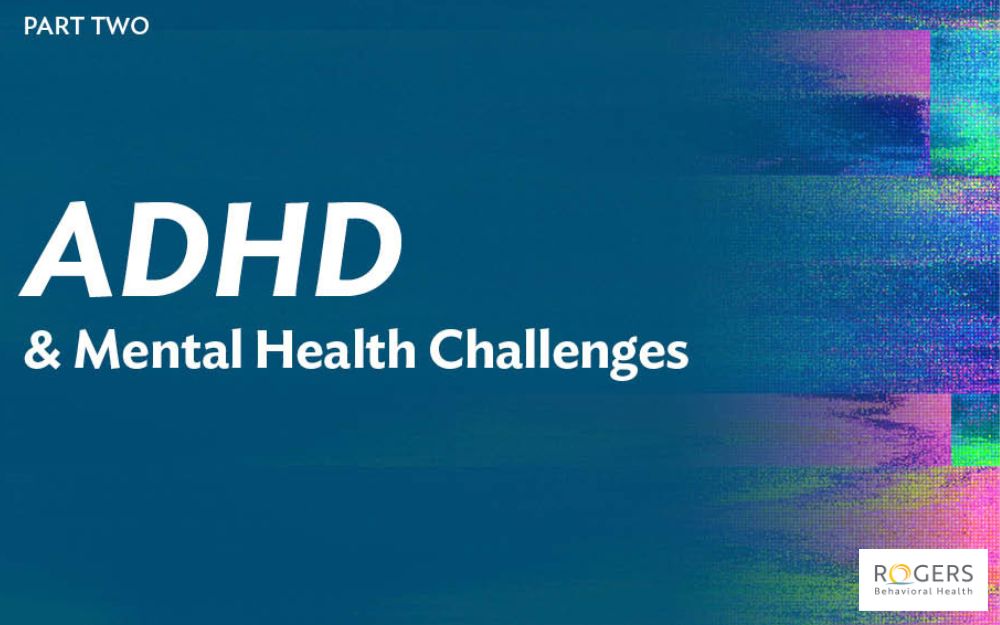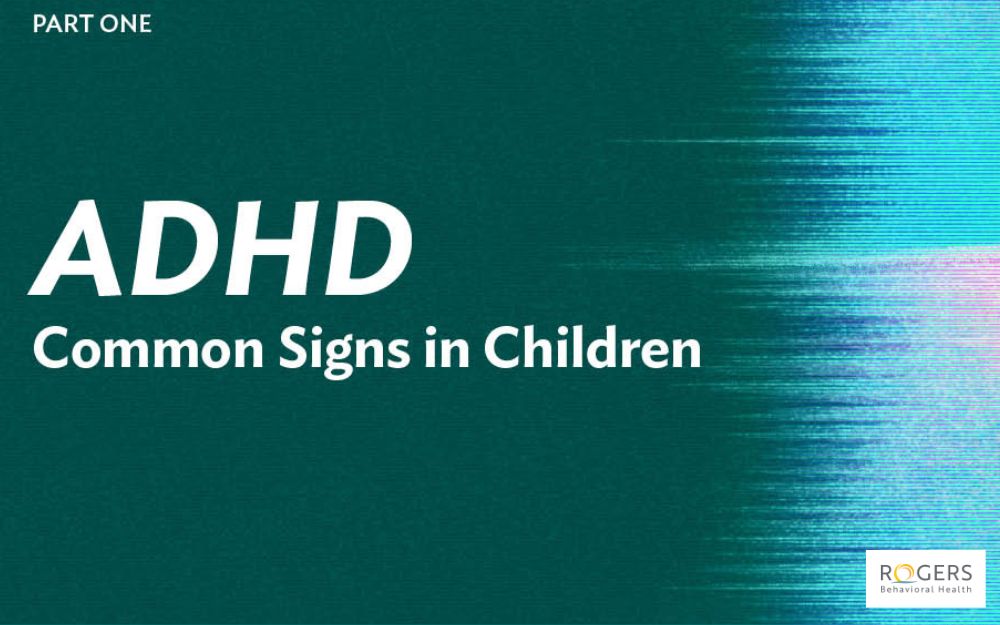Dispelling 5 PTSD myths
Posted on 06/25/21 01:08:pm
Share this article:
Like many mental health conditions, there are many myths surrounding posttraumatic stress disorder (PTSD). While they may seem relatively harmless, it is important to understand why mistaking myths for facts can be harmful.
"The more stigma and misinformation there is surrounding this diagnosis, the more challenges there are to getting effective and life-saving treatment," explains Dr. Mitzi Kramer, MD, FAPA, medical director of Trauma Recovery services.
Below, Dr. Kramer dispels five of the most common myths surrounding PTSD.
Common PTSD myths
Myth #1: Only military veterans can have PTSD.
Civilians can also experience the debilitating effects of PTSD. Additionally, those who endure trauma firsthand and those who witness a serious traumatic event are at risk. Non-combat experiences that can lead to a trauma response or the development of PTSD include:
- Serious injury
- Emotional, physical, or sexual abuse
- Natural disasters
- Near-fatal accidents
- Sexual assault or rape
Myth #2: If you do not experience symptoms immediately after a traumatic event, you cannot have PTSD.
Though symptoms typically begin within three months of the traumatic incident, in rare cases people may forget or repress the traumatic events until a much later time. To meet the criteria for PTSD, the symptoms must last for a minimum of one month and interfere with basic daily activities, social functioning, relationships, and/or work.
Myth #3: In time, PTSD will go away on its own.
Recovery time varies greatly between those affected. Though some will recover within six months, studies indicate that if PTSD symptoms persist for more than a year, they will not get better without treatment. Complicating the matter further is the fact that approximately 80% of women and 88% of men with PTSD experience at least one co-occurring diagnosis, such as an anxiety or mood disorder. For this reason, proper treatment is crucial to recovery.
Myth #4: PTSD symptoms look the same for everyone.
Just as people experience different traumas, they can also express different symptoms related to that trauma. Symptoms individuals with PTSD may experience include:
- Flashbacks reliving the event
- Temporary episodes of dissociation and a sense of derealization
- Intrusive, distressing memories the traumatic event
- Development of negative beliefs about themselves or the world (for example, that the world is no longer safe)
- Misplaced guilt or shame
- Ongoing negative emotions, such as fear or sadness
- Hypervigilance (always on guard for a possible threat)
- Increased startle response
- Problems with concentration and sleep, including nightmares
- Feeling on edge
- Increased irritability or outbursts of anger
- Emotional numbness or detachment
- Stronger than expected emotions in certain situations
Myth #5: There are no effective treatments for PTSD.
Prolonged exposure (PE), a type of cognitive behavioral therapy, is an evidence-based treatment for PTSD. During PE, patients work to emotionally process their traumatic experience(s) to reduce symptoms. At this time, only PE and cognitive processing therapy (CPT) have been vetted by the American Psychological Association, though other treatment options such as eye movement desensitization and reprocessing (EMDR) are proven to be effective in some populations.
Help is available at Rogers
If you or someone you love is struggling with PTSD, treatment is available. At Rogers, patients have access to three levels of care: inpatient, residential, and outpatient care. To schedule a free, confidential screening:
- Call 800-767-4411
- Use our online form.



